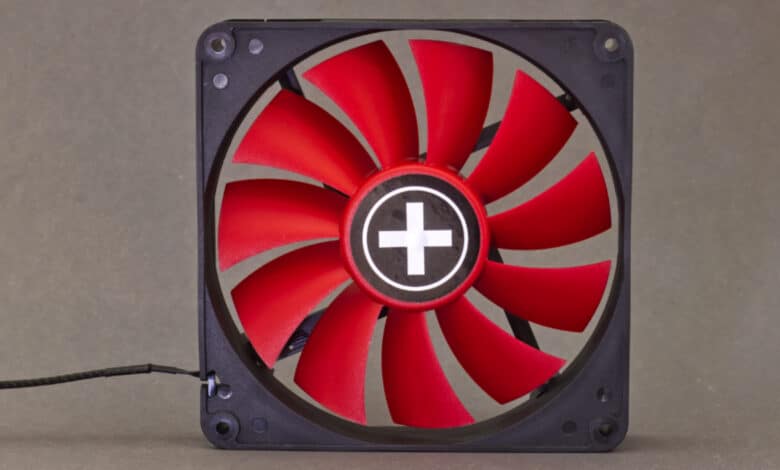
Like be quiet!, Xilence belongs to the German Listan GmbH. Xilence covers the lower end of the price segment, whereby the range is further divided into different classes. If you are looking for the cheapest PC parts of all, you will come across Xilence’s Performance C Series, among others. This includes, for example, the Xilence XPF140.R.PWM, which we will test here. What can you expect from the lowest price range of 140mm fans?
Specifications
First, a look at the name. The product name of the Xilence XPF140.R.PWM sounds unintuitive at first, but it is quite simple to explain. The X stands for Xilence, the P presumably for Performance, F stands for Fan, the English word for fan. 140 is the size in millimeters. This is followed by the R, which stands for the red color scheme. Last is the PWM, which stands for the 4-pin fan connector.
| Size | 140 x 140 x 25 mm |
| Speed | 700 – 1500 RPM |
| Weight | 150 g |
| Bearing | Hydro Bearing |
| Maximum power consumption | 1.68 W |
| Airflow | 62.05 CFM |
| Guarantee | 2 years |
| Price | € 4.77 * |
Packaging and scope of delivery
- Compact packaging with no padding
- Fan screws are the only accessories
The packaging of the Xilence XPF140.R.PWM is black and white with red accents and a character-style product imprint. When you open the box, you can see that the fan is otherwise unpadded inside.
Apart from the fan, a small bag of case fan screws is also included. In short: the expected scope of delivery for the price range.
Design and workmanship
- Optically difficult to match due to the red fan blades
- Generic frame design is probably used for different fans
- Good cable sheathing
- Reasonably large distance from fan blades to frame
The design of the typical Xilence fans, which includes the Xilence XPF140.R.PWM, is very characteristic, but from a visual point of view it is difficult to combine with other fans if you want to pull off a uniform look. A black frame and red fan blades – completely unlit.
As for the workmanship, you don’t expect much in this price range. And these expectations are met by the Xilence XPF140.R.PWM. The fan frame is kept very simple and looks very generic. There are various hints that the same frame shape is also used for other fans, such as estimated models with LED lighting. The edges are also not very nicely finished.
The fan blades look a bit better finished, but they keep quite a large distance from the frame, which probably leaves some performance by the wayside. A sticker with a white cross can be found in the center. This one doesn’t look particularly high-quality either, but you can’t tell when it’s spinning. After all, it’s pretty centered on my test fans.
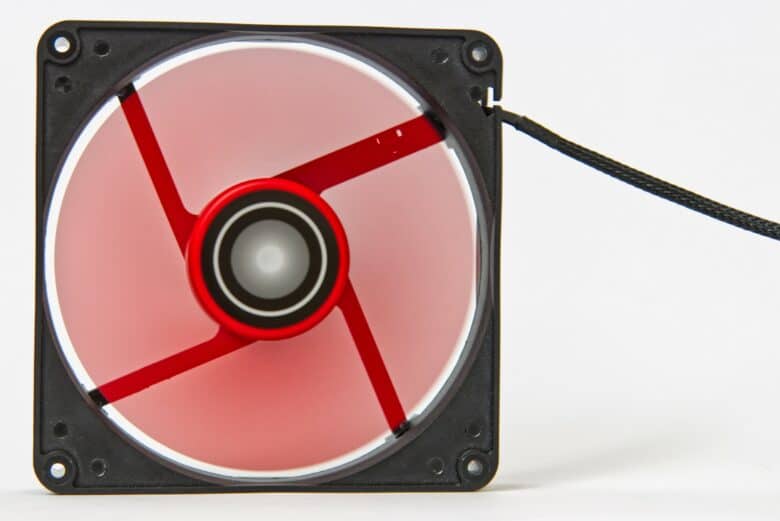
One detail that stands out, that is the black cable sheathing. This ensures that the cable looks clean and feels quite good. It also protects the cable, of course.
Performance and volume as a case fan
- A minimum speed ensures that the fans do not stop accidentally
- At high speed, the Xilence XPF140.R.PWM become disproportionately loud
In the Xilence XPF140.R.PWM test as a case fan, the comparison fans are first set to a uniform 800 RPM. In this test, the performance is by no means catastrophic, but not good either. They are roughly in the haze of the Corsair QL140 and the Noctua NF-P14 redux-1500 PWM. That doesn’t sound bad at first, but their performance in this range isn’t impressive either. In the second run, all fans are set to a uniformly low volume of 31 dB(A). And in this range, the Xilence fans reach a technical limit, as they are designed to not go below a certain speed. This ensures that the fans also do not fall below a certain performance, but they do not manage to reach the low volume required for the test. This also means that they always remain audible.
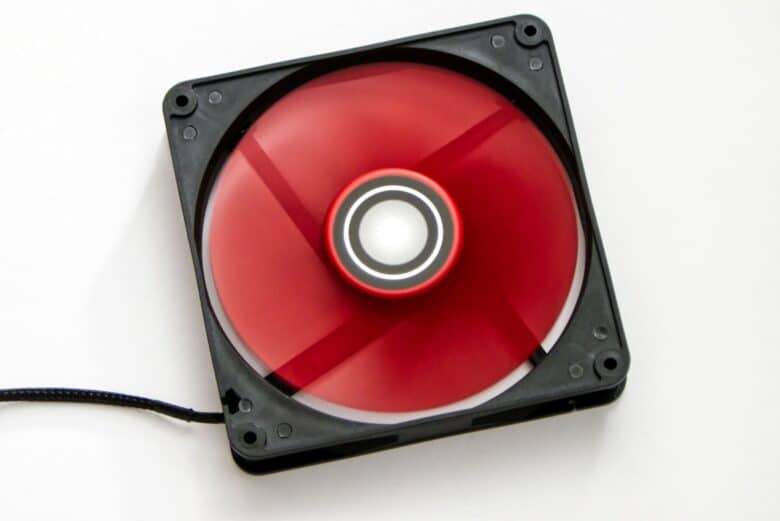
When running the fans at their highest speed, the Xilence XPF140.R.PWM get quite loud in every test. In this regard, they are about on par with the Sharkoon SilentStorm PWM RGB 140 mm – but otherwise, most fans are noticeably quieter or more powerful – or in very many cases, both. The Xilence fans do beat the be quiet! Pure Wings 2 140mm a bit in maximum performance, but they are far more than twice as loud in the process.
Performance of the Xilence XPF140.R.PWM on the radiator
- Below average, but not disastrous performance
- Fans always remain audible
Okay, those who afford a water cooler will probably hardly switch to the Xilence XPF140.R.PWM, especially since Xilence itself only has water coolers with 120 mm fans on offer at the time of testing. But for the sake of completeness, I tested this scenario as well. Again, the three tests are the use at a uniform 800 RPM, the comparison at a quiet 31 dB(A), and the test at full power.
At a uniform 800 RPM, the Xilence XPF140.R.PWM actually perform quite well in this test. Possibly noticeable here is that these fans have 11 fan blades and leave quite little space between them, resulting in decent pressure. The downside is that they are among the loudest fans at this speed. This isn’t a huge problem yet, as they are audible, but not obtrusive yet. In short, they are quite usable in this usage scenario.
If you now try to reduce the volume, the same game applies as before: It’s hardly possible. The fans don’t get much slower. So, the test at a uniform 31 dB(A) is also not feasible on the radiator.
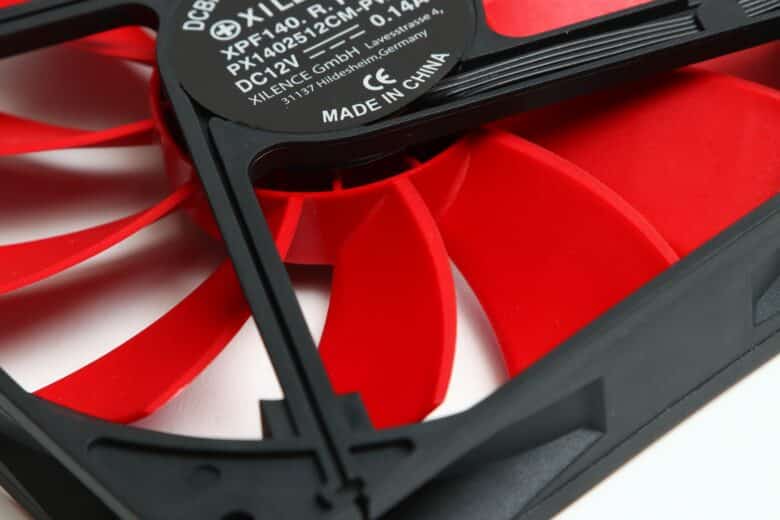
When given free rein, the Xilence XPF140.R.PWM fans get quite loud without gaining anywhere near the same amount of power. Overall, the performance isn’t exactly far off the rest of the mid-range – if only the volume was lower!
Conclusion
The Xilence XPF140.R.PWM are not outstanding fans in and of themselves. They can’t go below a certain speed, so they’re never really quiet, and when you crank them up, they actually get loud pretty quickly. The performance is not particularly good either. However, they are extremely cheap and thus I see their intended use most likely in extremely tight budgets, to have fans in the system at all or in computers that are kept on reserve as a secondary system. Or even to keep older systems alive without investing too much in them. For frequently used everyday systems, I would personally rather take a look at the still affordable, but proportionally still noticeably more expensive, be quiet! Pure Wings or the Arctic F14. Personally, I would prefer the Xilence XPF140.R.PWM to have a lower maximum speed and thus not cause noise problems due to possible automatics, even for users with no idea about setting fan curves.
Xilence XPF140.R.PWM
Workmanship
Features
Performance
Noise level
Value for money
56/100
The Xilence XPF140.R.PWM neither offer impressive performance nor are they really quiet. However, they score with a very low price.




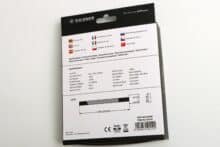
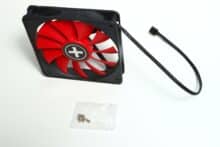
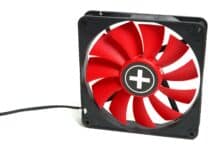
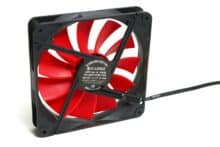

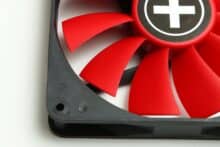
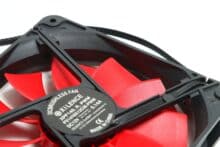

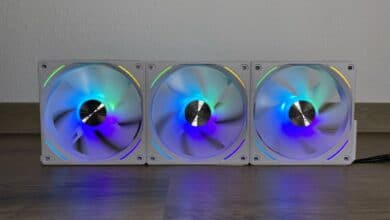
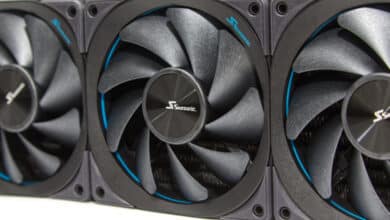

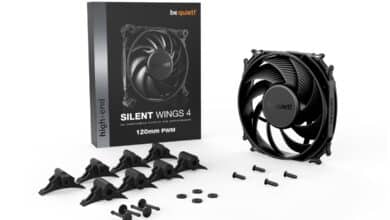
No replies yet
Neue Antworten laden...
Gehört zum Inventar
Beteilige dich an der Diskussion in der Basic Tutorials Community →